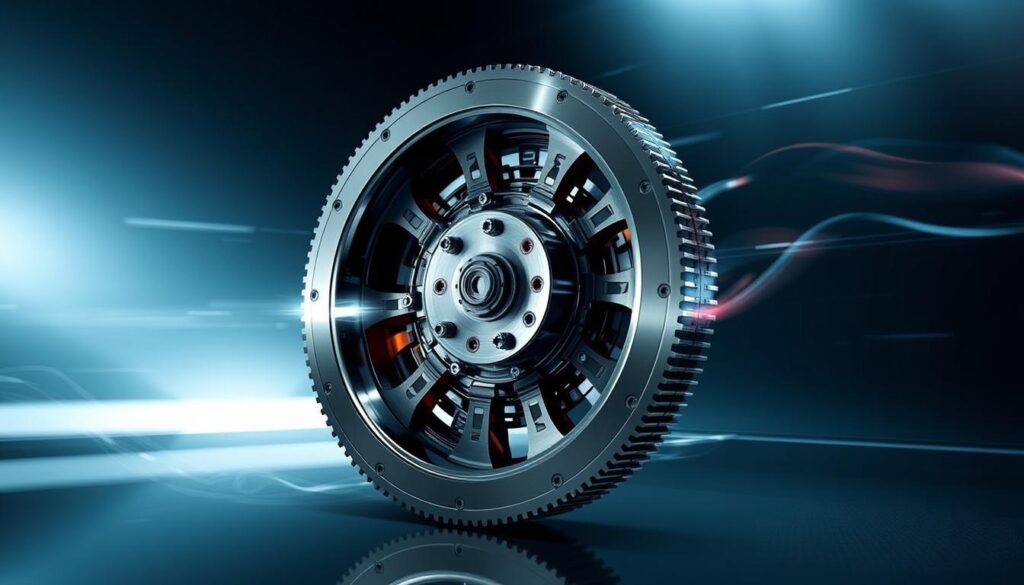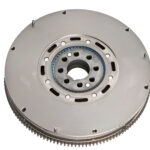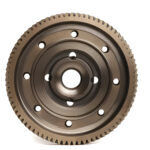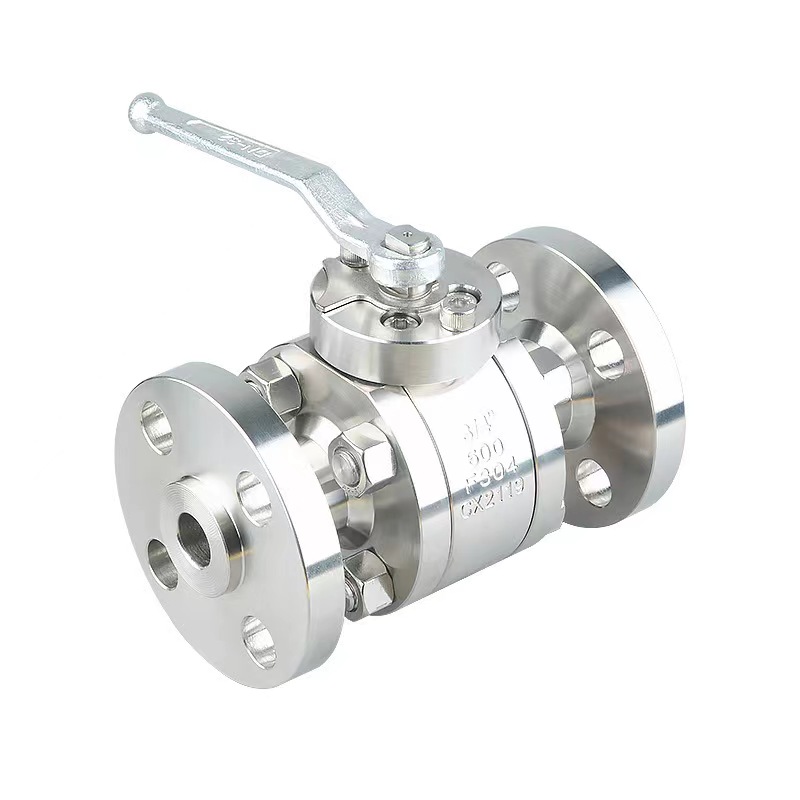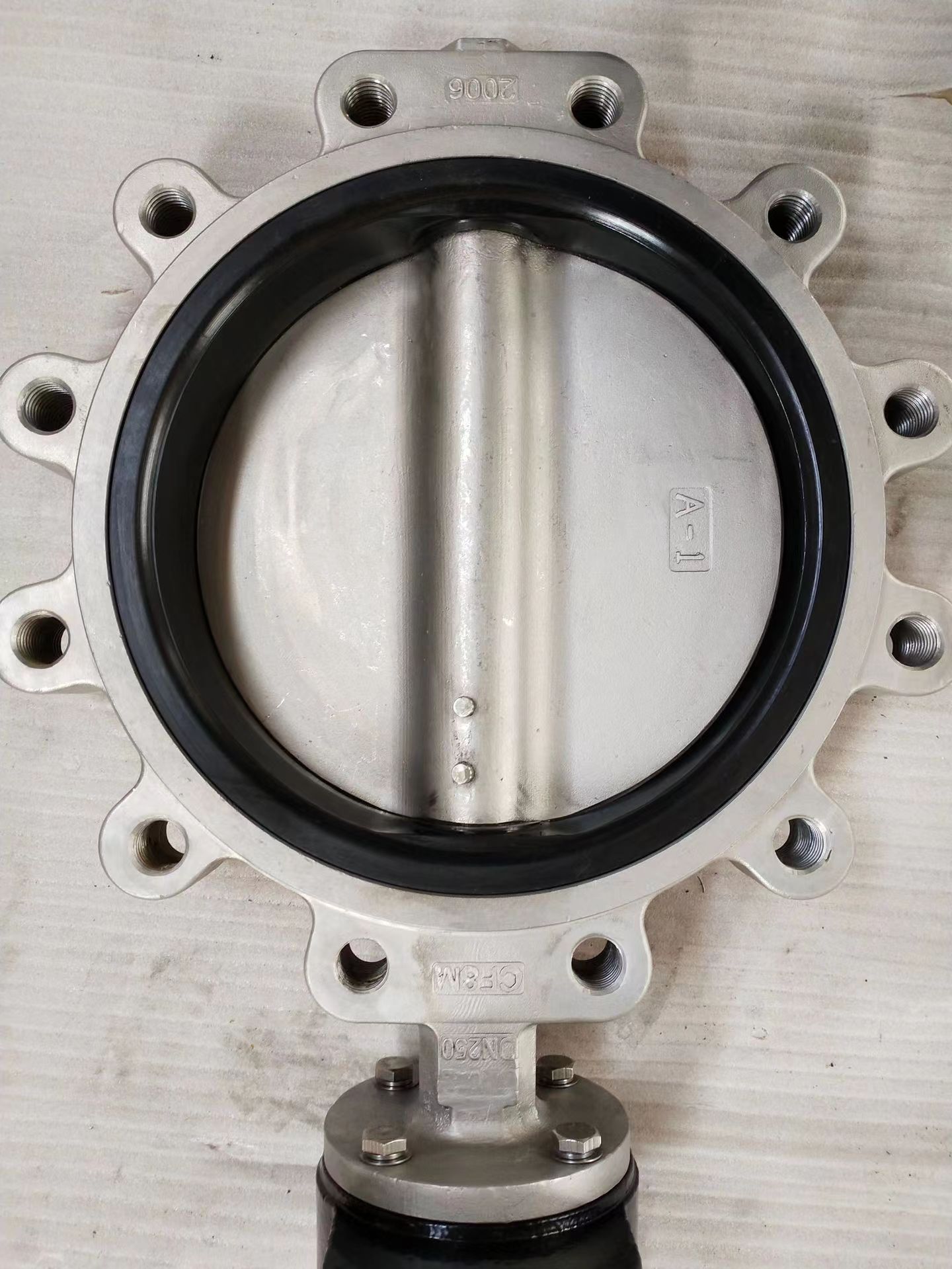Flywheels are key to how engines work in cars. They are solid metal discs attached to the engine's crankshaft. This connection helps move the engine's power to the wheels.
The flywheel has teeth on its edge. These teeth help it work with the engine's starter motor. This ensures the engine runs smoothly.
In cars with manual transmissions, flywheels are even more important. They help keep the engine running when the driver stops pressing the gas pedal. Flywheels store and release energy, making the engine more responsive and powerful. They also reduce vibrations, improving the car's overall performance.
Key Takeaways
- Flywheels are critical components that connect the engine to the transmission, transferring power to the wheels.
- Flywheels store and release rotational energy, improving engine responsiveness and power delivery.
- Flywheels play a vital role in manual transmission vehicles, preventing the engine from stalling.
- Flywheels come in various weights and materials, each offering unique performance characteristics.
- Choosing the right flywheel requires a balance of factors, such as vehicle size, function, and personal preferences.
What is a Flywheel and How Does it Work?
At the heart of every engine is a key part called the flywheel. This heavy wheel is crucial for smoothing out the engine's power. It stores and releases energy during the engine cycle. The flywheel is connected to the engine's crankshaft, sending power to the transmission and wheels.
Understanding the Role of a Flywheel
The flywheel has several key roles in an engine. It acts as a reservoir for rotational energy. It stores energy during the power stroke and releases it in other cycles. This helps keep the engine speed steady, which is vital for efficient power delivery.
The Flywheel's Connection to the Engine and Transmission
The flywheel is a key part of the engine-transmission system. It provides the needed inertia and momentum for smooth engine operation. As the engine's crankshaft rotates, the flywheel stores and then releases kinetic energy. This helps start the engine and keep its speed steady. It's essential for the clutch and transmission to work well, ensuring smooth power transfer to the wheels.
"The stored energy in a flywheel is proportionate to the square of the speed of rotation."
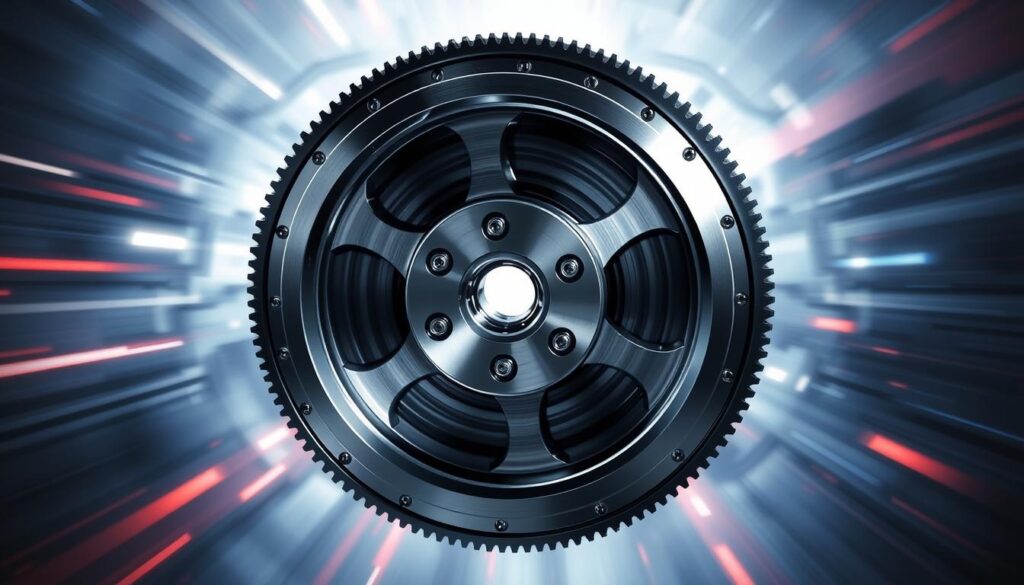
Types of Flywheels for Engines
The flywheel is key in internal combustion engines. It acts as an energy storage system. This helps keep engine rotation smooth and power delivery consistent. Different flywheels are used based on the vehicle's size and performance needs.
Standard-Weight Flywheels
Standard-weight flywheels are made of cast iron or billet steel. They weigh between 25-40 lbs. These flywheels store a lot of energy, making them good for stock-geared and heavier vehicles.
They help resist changes in rotational speed. This ensures a smooth power delivery.
Lightweight Flywheels
Lightweight flywheels weigh 10-20 lbs and are made of billet aluminum or steel. They offer quicker engine response and better acceleration. But, they can increase noise and vibration levels.
Single-Mass vs. Dual-Mass Flywheels
Flywheels come in single-mass and dual-mass designs. Single-mass flywheels are solid, while dual-mass have springs or rubber to dampen vibrations. Dual-mass flywheels are used in heavy-duty vehicles for a smoother ride.
| Flywheel Type | Typical Weight Range | Material Composition | Key Characteristics |
|---|---|---|---|
| Standard-Weight | 25-40 lbs | Cast iron, Billet steel | Substantial energy storage, Suitable for stock-geared and heavier vehicles |
| Lightweight | 10-20 lbs | Billet aluminum, Billet steel | Improved engine responsiveness, Increased noise and vibration |
| Single-Mass | Varies | Solid piece of material | Torsional rigidity, Thermal stability, Durability |
| Dual-Mass | Varies | Two-part construction with dampers | Reduced noise and vibration, Suitable for heavy-duty vehicles |
The right flywheel depends on the engine and vehicle's needs. Factors like size, weight, power output, and performance are considered.
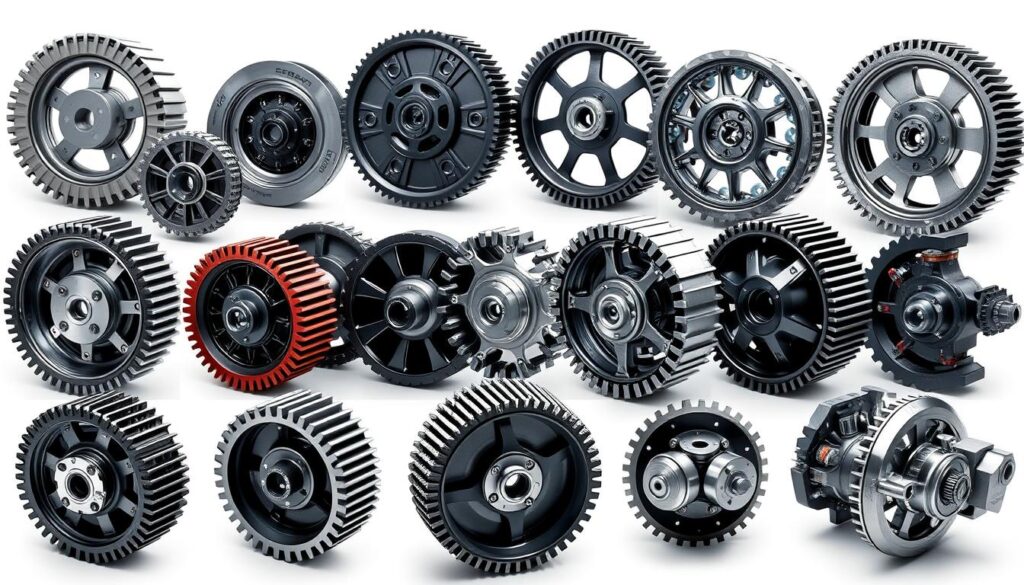
Factors to Consider When Choosing a Flywheel
Choosing the right flywheel for your engine involves several important factors. The size and weight of the flywheel greatly affect its performance. Heavier flywheels, often found in larger engines, help keep the engine running smoothly. They also absorb vibrations well.
However, they need more power to start moving and speed up. This is because they have more rotational inertia.
The material of the flywheel is also crucial. Denser materials like billet steel or cast chromoly are better at dampening vibrations and noise. But, they are heavier and larger.
On the other hand, lighter materials like 6061 billet aluminum flywheels spin up faster. Yet, they might let more noise and vibration into the car.
| Flywheel Material | Weight | Vibration Dampening | Engine Response |
|---|---|---|---|
| Billet Steel | Heavier | Better | Slower |
| Cast Chromoly | Heavier | Better | Slower |
| 6061 Billet Aluminum | Lighter | Poorer | Quicker |
The right flywheel depends on your engine and driving style. For racing or high-performance, a heavier flywheel might be better. But, for everyday driving, a lighter one could be more suitable.
Think about the flywheel's size, weight, and material carefully. This will help your engine run smoothly and efficiently.

Flywheels for Engines: Enhancing Performance and Efficiency
Vehicle Size and Function
Choosing the right flywheel depends on the vehicle's size and function. For everyday cars with manual transmissions, a standard-weight flywheel is best. It reduces engine noise and vibrations, making driving smoother in city traffic.
High-performance or track cars need a lightweight flywheel. It boosts engine responsiveness and power delivery. This leads to quicker rev-matched downshifts and better midrange torque, improving overall performance.
Improving Engine Responsiveness and Power Delivery
The principle of inertia is key to a flywheel's function. It resists changes in rotational speed, ensuring smooth power transfer to the wheels. This makes driving more linear and responsive.
In high-performance cars, a lightweight cast iron flywheel enhances engine response and power. Its lower rotational inertia means the engine can rev more quickly, offering a more engaging drive.
"The flywheel's role in maintaining consistent engine speed contributes to optimizing fuel combustion and improving fuel efficiency."
The flywheel also helps in starting the engine. Its ability to store and release energy ensures a smooth start-up. This is thanks to the starter motor engaging the flywheel's axis of rotation.
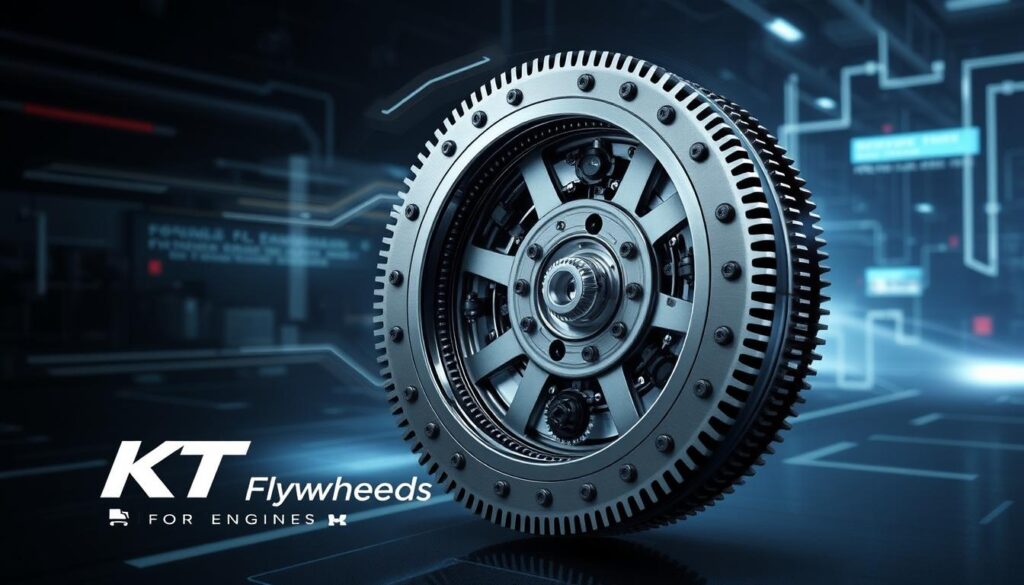
Advances in Flywheel Technology
The world of engine flywheels has seen big changes lately. These new developments have changed how flywheels work in cars and energy systems.
Electro-Mechanical Flywheel Energy Storage Systems
One big step is combining flywheels with electric motors and inverters. This makes electro-mechanical flywheel energy storage systems. They use the power of a flywheel and an electric motor to store and release energy.
These systems are great for hybrid and electric cars. They help by using energy from braking and giving it back when needed. This makes the car more efficient and powerful.
High-Performance Flywheel Applications
For fast cars, like sports cars and race cars, advanced flywheels are popular. They are made of strong, light materials like carbon-fiber. This lets them quickly store and release energy, boosting speed and power.
How flywheels work helps smooth out engine power. This makes cars more responsive and fun to drive. It's great for those who love fast cars.
As flywheel tech gets better, they're being used in more ways. They help hybrid cars run better and can store energy for the grid. Flywheels are a key part of the future of power and cars.
"Flywheels have a lifespan of over 20 years, making them a long-lasting energy storage solution."
Conclusion
Flywheels are key to better engine performance and efficiency. They store and release energy, making engines run smoother. This helps engines respond faster and reduces vibrations. The right flywheel depends on the car and its use, with heavier ones for daily driving and lighter ones for high performance.
New flywheel technologies, like electro-mechanical systems, boost engine performance. They help engines work better in both regular and electric cars. This leads to faster engine response, better power, and less vibration, making driving more fun and efficient.
As technology grows, flywheels will play an even bigger role in cars. Especially in hybrid and high-performance vehicles. With the latest flywheel designs and materials, we can make engines more efficient and powerful. This will help make driving more sustainable and enjoyable for the future.

